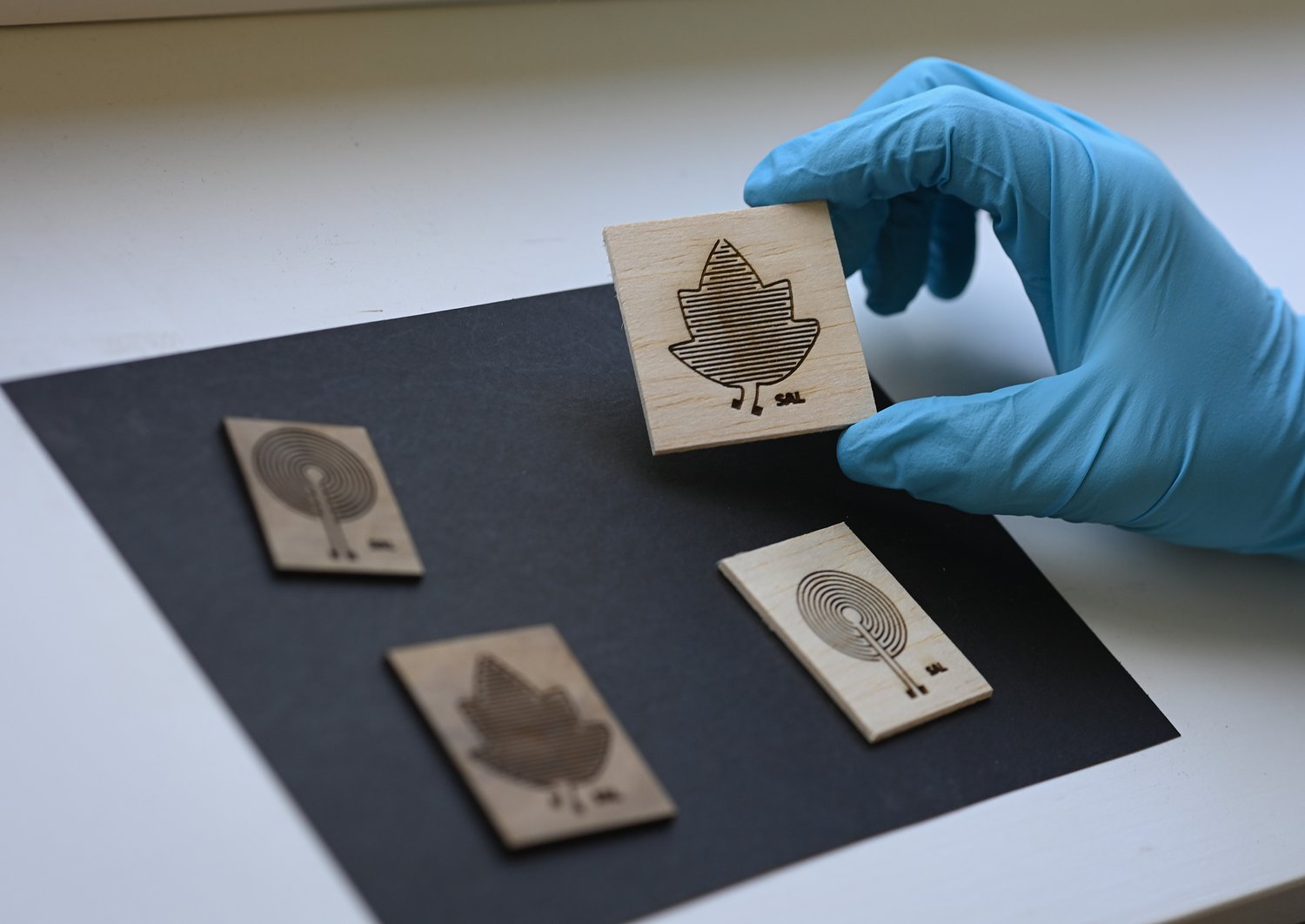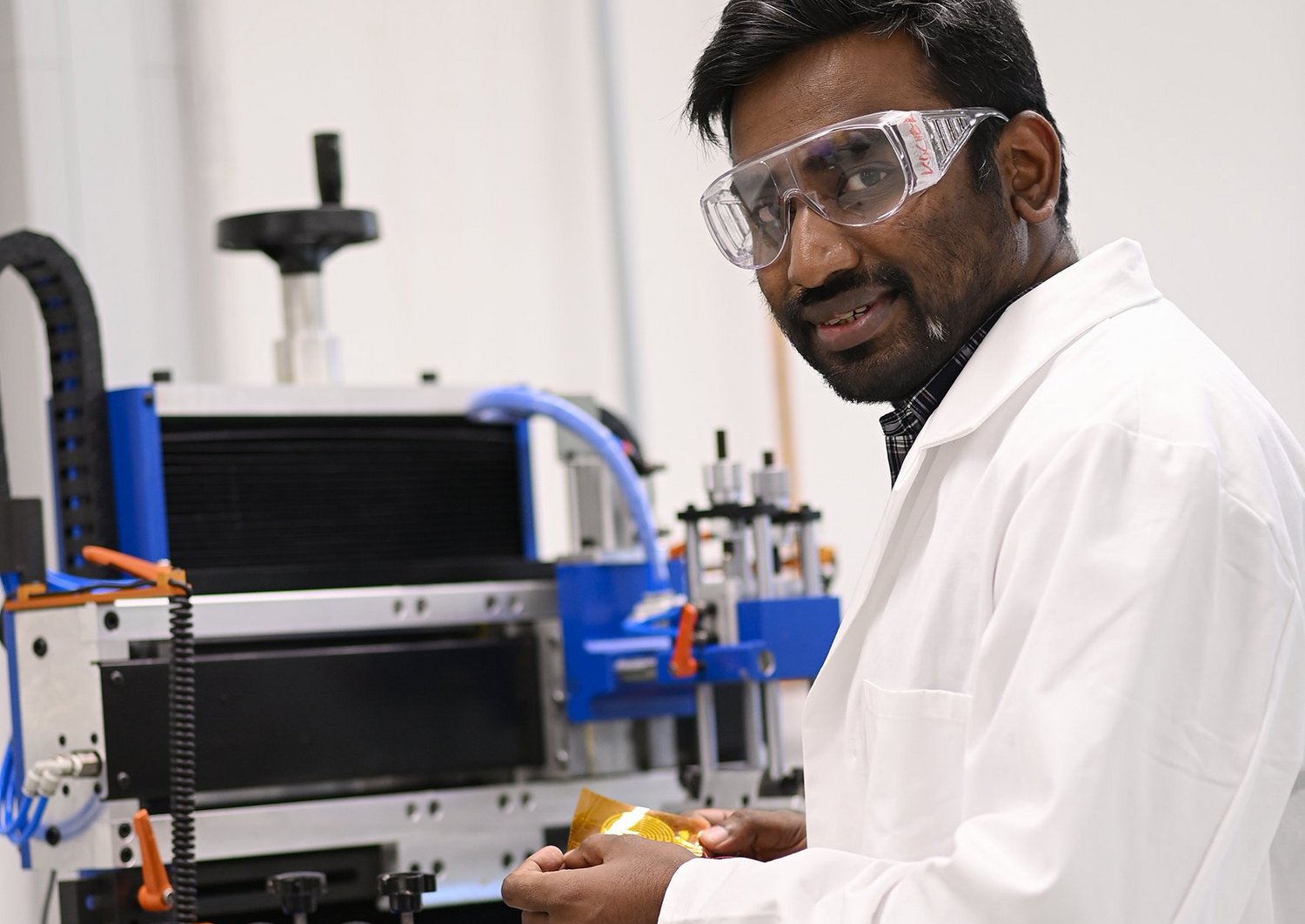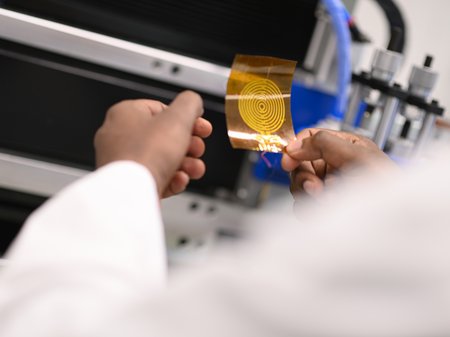The demands from industry and consumers to sense everything anywhere in a most unobtrusive way is rapidly growing. At the same time, a massive increase in electronic waste, which is already the fastest growing waste stream in the EU, is expected. A possible approach to address these challenges is printed electronics, which can help to create environmentally friendly devices.
The new Printed and Flexible Electronics lab in Villach is dedicated to research and development of printed and flexible electronic devices. It provides the core infrastructure required for SAL to become a major contributor in the field of sustainable electronics.
The PFE lab has been established by converting the existing Applications lab. It is 110 m² in size. The reconstruction work started in February 2022 and now most of the laboratory is in operation.
Starting in 2015 with the acquisition of one inkjet printer at SAL (at that time CTR), printed electronics has been part of SAL’s research portfolio since the beginning. With the launch of the Sustainable Sensors flagship in 2021, the number of printed electronics projects and researchers grew rapidly to 9 projects and 8 researchers currently, with several new projects and researchers to start in 2022.
By the end of the year the new lab will be capable of
- Inkjet-, screen-, aerosol jet-, stencil-, slot die-, stamp-, EHD printing; spray coating, Parylene coating, 3D; laser scribing
- Printing with a resolution from ~100 µm to ~1 µm (technology dependent)
- Printing electronics element with size from ~100 µm2 to ~ A4











